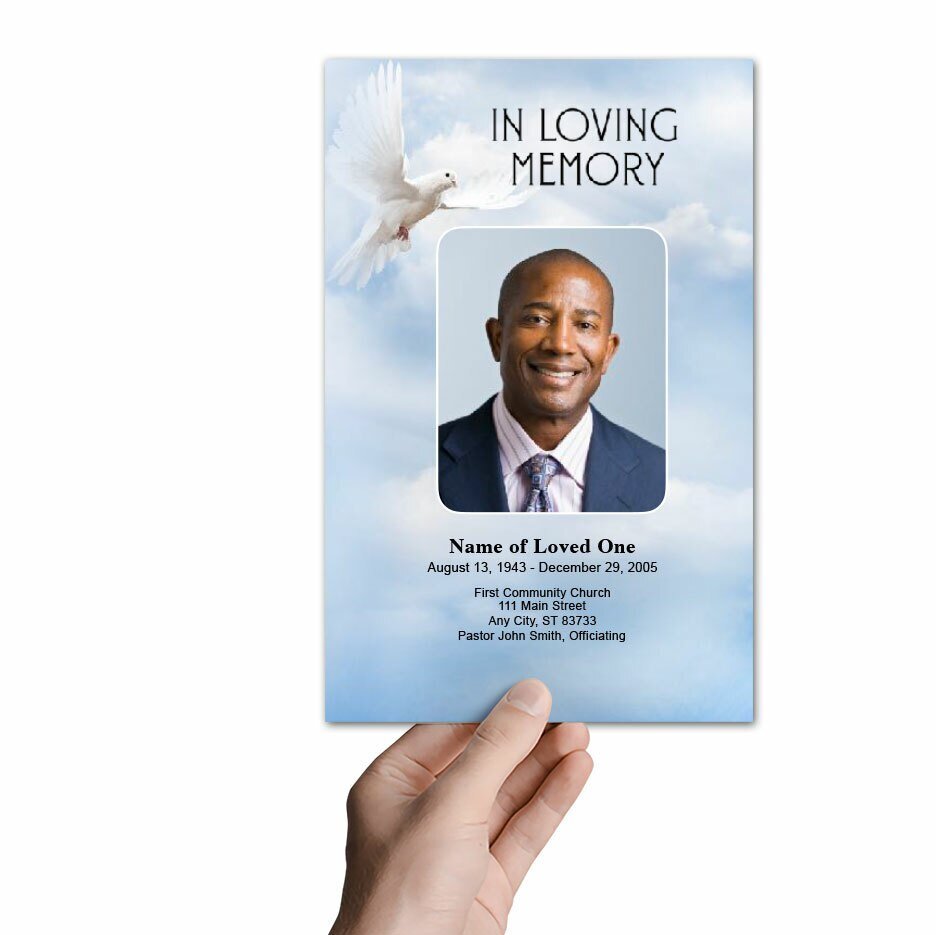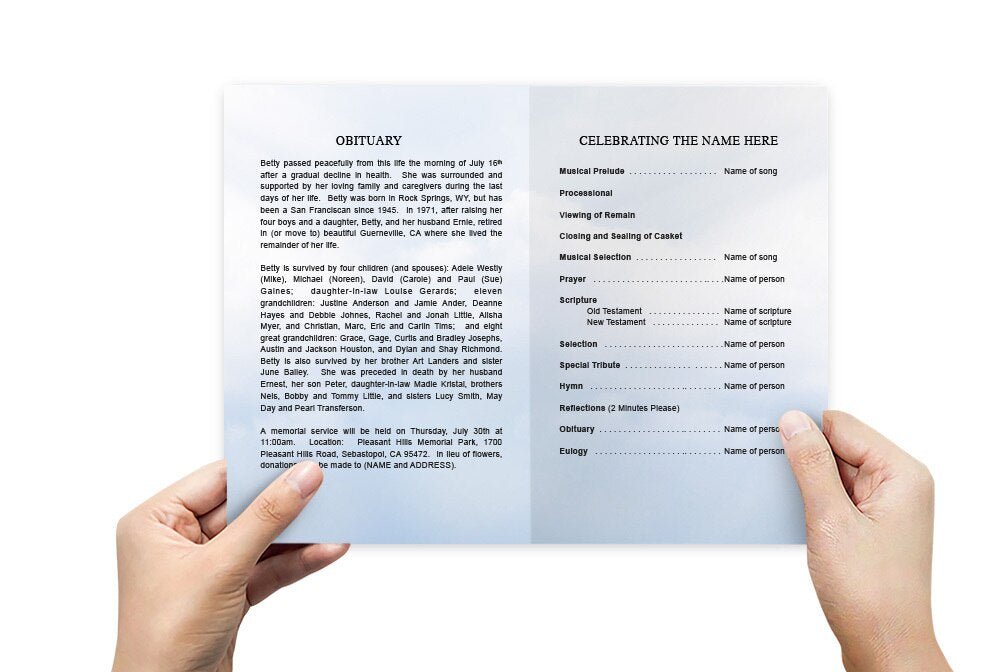Funeral Processional Music: Setting the Tone for a Meaningful Farewell

Funeral processional music plays a significant role in setting the tone for a memorial service, guiding the emotional journey of those in attendance, and honoring the deceased. As one of the most solemn and reflective parts of a funeral, the processional is the moment when the casket is brought into the venue, followed by family members and close friends. The choice of music during this time is crucial, as it provides comfort, evokes memories, and helps convey the feelings of loss, love, and hope. Selecting the right processional music involves considering the deceased's personal tastes, cultural or religious traditions, and the overall mood of the service. This article explores the importance of funeral processional music, types of music to consider, and tips for selecting the perfect pieces for a meaningful farewell.
1. The Significance of Funeral Processional Music
The processional marks the beginning of the funeral service and is often one of the most emotional moments. The music played during this time helps set the atmosphere, providing a sense of reverence, reflection, and solace. It allows attendees to focus their thoughts, remember the deceased, and prepare themselves emotionally for the service ahead. For many, music serves as a bridge between the physical presence of the departed and their lasting memory, evoking emotions and connecting people in their shared grief.
Processional music can also reflect the life and personality of the deceased. Whether it is a favorite hymn, a classical piece, or a modern song that holds special meaning, the choice of music can be a deeply personal tribute that resonates with family and friends. Moreover, it can help create a cohesive narrative for the service, guiding the flow from the initial procession to the final farewell.
2. Types of Music for Funeral Processions
There are various types of music suitable for funeral processions, depending on the tone and style of the service, as well as the preferences of the deceased and their family. Here are some popular categories of music for funeral processions:
-
Traditional Hymns and Religious Music: Hymns and religious music are a staple for many funeral services, especially those held in places of worship. These pieces often carry deep spiritual meaning and provide comfort through their familiar melodies and uplifting lyrics. Common hymns for funeral processions include "Amazing Grace," "How Great Thou Art," "Ave Maria," and "The Lord is My Shepherd." Religious music can also be more specific, incorporating chants, psalms, or other sacred music unique to different faiths.
-
Classical Music: Classical pieces are a popular choice for their elegance, beauty, and emotional depth. Compositions by artists like Johann Sebastian Bach, Ludwig van Beethoven, Wolfgang Amadeus Mozart, and Frédéric Chopin are often chosen for their soothing and reflective qualities. Some widely chosen classical pieces for processions include "Air on the G String" by Bach, "Canon in D" by Johann Pachelbel, "Adagio for Strings" by Samuel Barber, and "Clair de Lune" by Claude Debussy.
-
Contemporary and Popular Music: Modern songs that held personal significance for the deceased or their family can also make meaningful processional music. Songs by contemporary artists that speak to themes of love, loss, hope, and remembrance can be powerful choices. Some examples include "Over the Rainbow" by Israel Kamakawiwo'ole, "Tears in Heaven" by Eric Clapton, "Hallelujah" by Leonard Cohen (or a cover version), and "You Raise Me Up" by Josh Groban.
-
Instrumental Music: Instrumental music, such as soft piano or acoustic guitar pieces, can be a beautiful and subtle way to set the tone for a funeral procession. Instrumentals avoid the distraction of lyrics and allow attendees to focus on their own thoughts and memories. Some popular instrumental choices include "River Flows in You" by Yiruma, "Time to Say Goodbye" (instrumental version), and "A Thousand Years" (instrumental version) by Christina Perri.
-
Cultural and Ethnic Music: Incorporating cultural or ethnic music into the funeral procession can honor the deceased’s heritage and traditions. This can include traditional folk songs, indigenous music, or culturally significant pieces that resonate with the deceased’s background and values. For example, a bagpiper might play "Amazing Grace" at a Scottish funeral, or a mariachi band might perform "Amor Eterno" at a Mexican funeral.
3. Tips for Selecting the Right Funeral Processional Music
Choosing the right music for a funeral procession involves several considerations to ensure that it aligns with the deceased's wishes and the service's overall tone. Here are some tips for selecting the appropriate music:
-
Consider the Deceased’s Preferences: Think about the music that was meaningful to the deceased. Did they have a favorite song, artist, or genre? Were they deeply connected to their faith, and did they prefer hymns or sacred music? Understanding their musical tastes can help guide your choices.
-
Reflect on the Mood and Theme of the Service: Consider the tone you want to set for the service. Is it a traditional, somber funeral, a celebration of life, or a spiritual ceremony? The music should complement the mood and help convey the desired emotions. For a more uplifting service, choose music with hopeful or joyful undertones; for a more solemn occasion, opt for reflective and calming pieces.
-
Coordinate with the Venue and Officiant: Some venues, such as places of worship, may have specific guidelines or restrictions regarding music choices. It is important to coordinate with the venue and officiant to ensure that your selections are appropriate and can be accommodated within the service.
-
Involve Family and Friends: Involving close family members or friends in the music selection process can provide additional insight and help ensure that the choices resonate with everyone. It can also be a meaningful way for loved ones to contribute to the service and honor the memory of the deceased.
-
Prepare for Live or Recorded Music: Decide whether you want live musicians, such as a pianist, violinist, or choir, to perform the processional music or if you prefer to use recorded music. Live music can add a personal and unique touch to the service, while recorded music may offer more flexibility and control over the timing and transitions.
-
Test the Music in Advance: Before the service, listen to the chosen music in the venue to ensure that it sounds as expected and that the audio quality is suitable. This step is crucial for avoiding technical issues and ensuring that the music flows smoothly during the procession.
Funeral Processional Music Conclusion
Funeral processional music is a powerful element of any memorial service, helping to set the tone, evoke emotions, and create a meaningful tribute to the deceased. Whether you choose traditional hymns, classical pieces, contemporary songs, or culturally significant music, the right selection can provide comfort and support for those grieving, guiding them through the emotional journey of saying goodbye. By carefully considering the preferences of the deceased, the mood of the service, and the specific needs of the venue, you can create a heartfelt and memorable farewell that honors their life and legacy.
© The Funeral Program Site





























